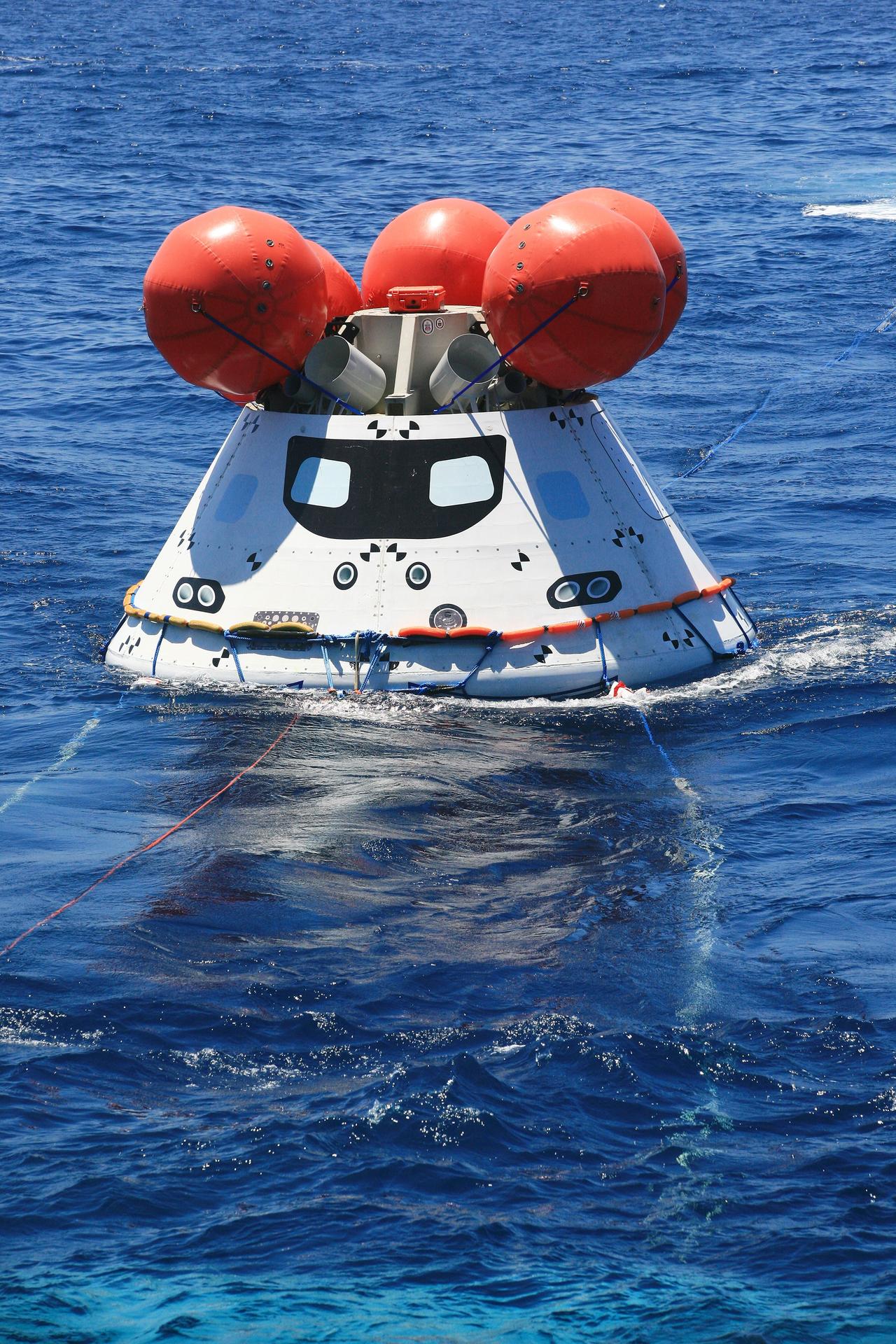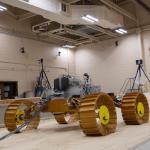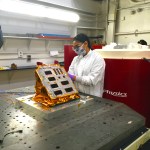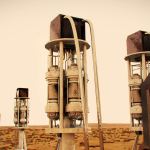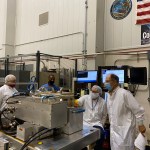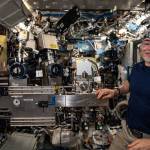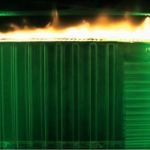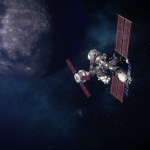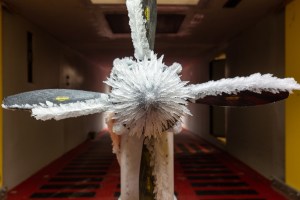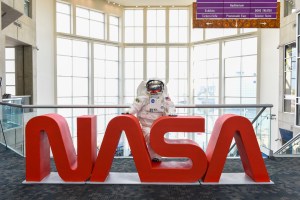The Road to the Moon and Mars Goes Through Ohio
NASA’s Artemis program is going back to the Moon and on to Mars for scientific discovery that will benefit all humankind. NASA Glenn’s workforce of more than 3,000 researchers, engineers, scientists, and administrative staff is working to develop and test technology that will support astronauts when they land and work on the Moon. From testing spacecraft before flight, to developing the power and propulsion systems for long-term human exploration—the road to the Moon and Mars goes through Ohio.
Solar Power Generation
Glenn scientists designed and built a solar cell technology experiment that will go to the Moon’s surface to demonstrate how solar arrays and power systems could be used for future lunar missions.
Wi-fi on the Moon
As NASA develops a Wi-Fi communications network for astronauts working on the Moon, Glenn experts and community leaders examined ways to use the same approach to address digital inequality in underserved Cleveland neighborhoods.
Power Supply
Glenn and the Department of Energy are working with industry to develop and demonstrate a Fission Surface Power system that could provide reliable, safe electrical power to live and work on the Moon and Mars.
Sustaining Astronauts
Glenn researchers are developing methods to use the Moon’s resources, such as predicted water ice, oxygen in lunar regolith, and other regolith-derived supplies to sustain astronauts during long-duration missions.
Maintaining Spacecraft Systems
The Flow Boiling and Condensation Experiment tests ways to remove heat buildup on spacecraft so its systems function properly.
Fire Experiments
Glenn experts test how flames ignite on solid surfaces in space through the Solid Fuel Ignition Extinction experiments on the space station to help determine materials and designs for spacesuits, cabins, and habitats.
Fire Safety Study
A series of Spacecraft Fire Safety Experiments, called Saffire, have been designed by Glenn researchers to understand how fire behaves in microgravity. These investigations will help keep astronauts safe on long-duration missions.
Gateway
Glenn’s expertise in electric propulsion is demonstrated through the Power and Propulsion Element for Gateway, an orbiting space station that will provide essential support for long-term human exploration on and around the Moon.
Orion
The Space Environments Complex at NASA’s Neil A. Armstrong Test Facility in Sandusky, Ohio, houses the world’s largest space environment simulation facilities. There, engineers tested the Orion spacecraft and other components for Artemis I and future missions to confirm each could withstand the stressors of launch and the harsh environments of space.
Lunar Rover Testing
Glenn houses several unique rover and tire test facilities. Researchers are testing rover technologies for missions like the Vertical Solar Array Technology program and the Lunar Terrain Vehicle, which will carry astronauts and cargo around the lunar South Pole for multiple missions spanning a decade.
Ohio Business
Every state in America has made a contribution to the success of NASA’s Artemis program, with companies hard at work on innovations that will help establish a sustainable human presence on the Moon to prepare for missions to Mars.
Here in Ohio, 80 companies* support essential work to help NASA on a variety of missions to the Moon, Mars, and beyond. This work is critical to Ohio’s space economy and supports job growth for a highly skilled workforce.
*2024
